Just for fun! Just because! Let’s discuss this fantastic cat coat color (and a few interesting medical facts). We’ll clear up the confusion between the calico, tortie (aka tortoiseshell), and torbie! Note that these color names are more specific to the USA. In other countries, they may define them just a bit differently. Full disclosure, I’m no genetic expert. Nor am I a breeder (they have strict standards about coat color definition that can be very detailed.)
These cats are known to be both loving and spicy if you know what I mean! They are the ultimate conveyors of cattitude (or tortitude, as we often say).
What is a Calico?
In general, a calico cat has a tri-color coat, i.e. large white, orange, and black patches. The “patches” are the key and this is what differentiates them from a tortie. The calico cat is most commonly thought of as being mostly white with large orange and black patches; however, the amount of white is highly variable. There are other versions of calicos. We’ll discuss that at the end.
Take note, a calico cat is not to be confused with a tortoiseshell, which has a black undercoat and a mostly mottled coat of black/red or blue/cream with relatively few to no white markings.
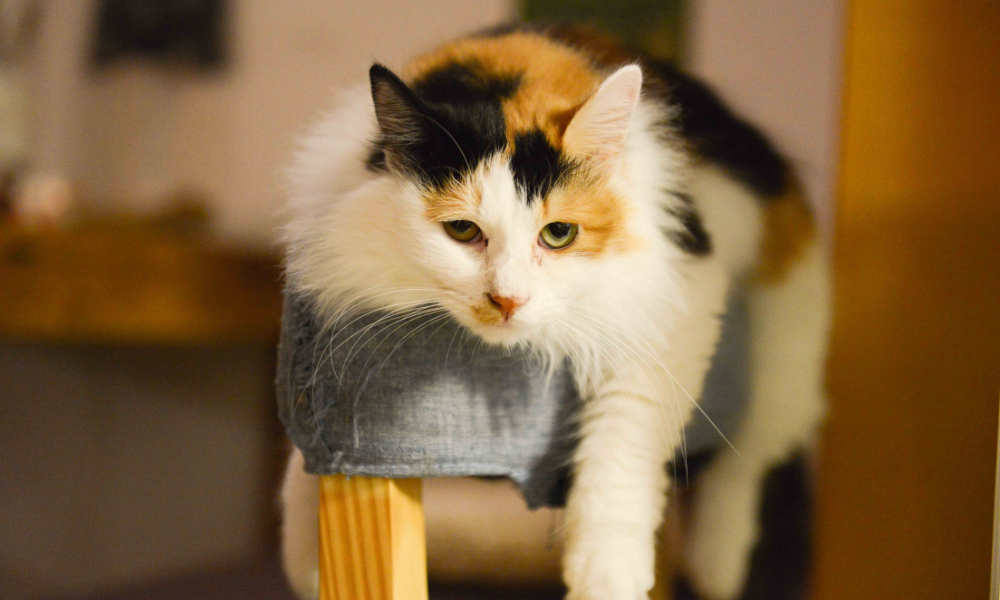
Are all Calicos female?
Yes! With one tiny exception. First, let’s find the easiest way to understand why “all” calico cats are female. I like to think about any given topic in the most basic way first, then I can delve further into the subject and learn specific details if I want to learn more.
Calico Genetics 101:
In mammals, sex is determined by the X and Y chromosomes (which contain the genes that determine our characteristics). Females are XX; males are XY. A kitten will get one X from the queen and EITHER an X or Y from the tom. So, it’s the tom (aka daddy cat) that determines the sex of the kitten.
More about X and Y:
The X chromosome determines coat color; Y does not. The genes for orange and black fur are found on X. Since females are XX they “can” have two orange genes (orange + orange), two black genes (black + black), or one of each (orange + black = precisely the type of cats we’re discussing). Furthermore, neither gene is dominant over the other (Have you heard of dominant and recessive?) so a female can easily have both colors (orange and black). Males, however, only get one copy of either orange or black. So they can’t have BOTH orange and black. Unless…
Male Calico Cats!
Very rarely males get TWO X chromosomes during fertilization – whoa! I’ve never seen one but I’m holding my breath. Therefore, their makeup is XXY, also known as Klinefelter Syndrome in humans. Now you’re getting it, right? They have the opportunity to inherit BOTH an orange AND a black gene. Hence, a male calico cat. This is also why most orange cats are male. Because all they need is a single orange gene to be orange!
What is a Tortie (aka Tortoiseshell)?
Torties are bi-colored cats (not tri-colored like the calico) whose muted or mottled black and orange fur looks like the shell of a tortoise. Their primary color is black with orange or red splotches.
Throughout CatVetLife you’ll see many pictures of Jelly, a perfect example of a tortie. Jelly is a cat that our feline-hospital took in from the humane society. She had terrible stomatitis that required all her teeth to be extracted. She made a full recovery and we kept her until she was later adopted by one of our technicians. By the way, despite having NO teeth, Jelly refuses canned food and will only eat dry. Apparently she did not read my post on canned food!
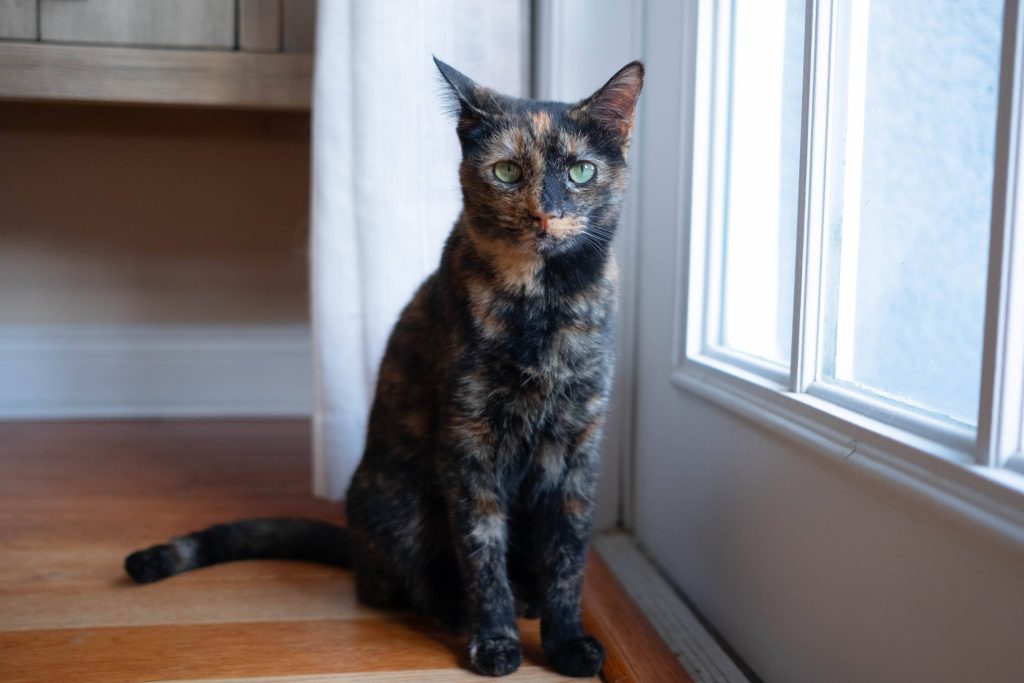
So, a tortie should not have white, unless…
Let’s Get Fancy – A Tortie with White!
What do you get if you take a tortie and add white patches? You guessed it. A tortie with white. Not a very creative name but a beautiful cat nonetheless. If you look at my Affiliate Links (sidebar on desktop, down low on mobile), the kitty in the basepaws ad is a tortie with white. This company sells DNA tests for cats. Now that’s you’ve learned about cat genetics, isn’t it clever that their model is a tortie with white! Personally, the first cat of my life was Malibu, a tortie with white. She had tons of tortitude and I loved everything about her.

What is a Torbie?
A torbie is a tortoiseshell-tabby (say that three times fast!). Did you just do it? Yes, they have characteristics of both colors. They have tabby stripes along with tortie markings. Whew, this is about where I tap out.
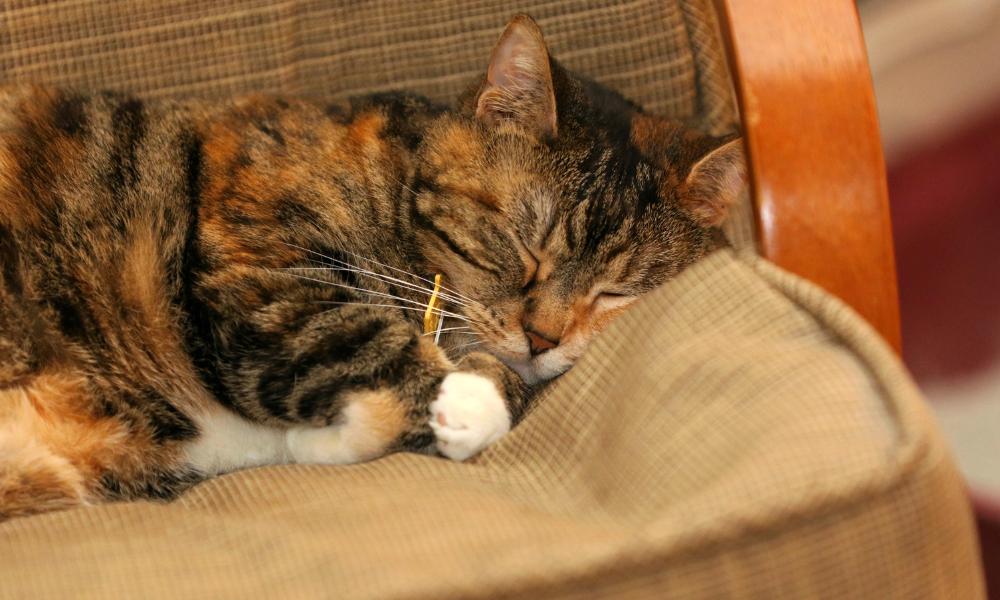
But Wait, There’s More… The Dilute Tortie, and So On!
Diluted = Muted. Yes, a variation can occur where your orange and black tortie (or full-on calico) gets dipped in milk and is now diluted out to cream and gray patches which is called a muted calico or dilute tortie. Did I mention I’m not a geneticist? This discussion is just for fun, right? There are other diluted versions besides cream and gray as well.

The above picture is the fabulous Emmylou AdventureCat, a dilute tortie. Like her on Facebook & follow her on Instagram!
In the end, call your cat whatever color you want (unless you’re a breeder, then you’d better be spot on). He or she won’t be offended. And don’t start an argument about coat color because there are bigger problems in the world.
Let me know in the comments if you’ve ever had a calico, tortie, or torbie! Check out this post by the CFA for fun pictures and coat color explanations.
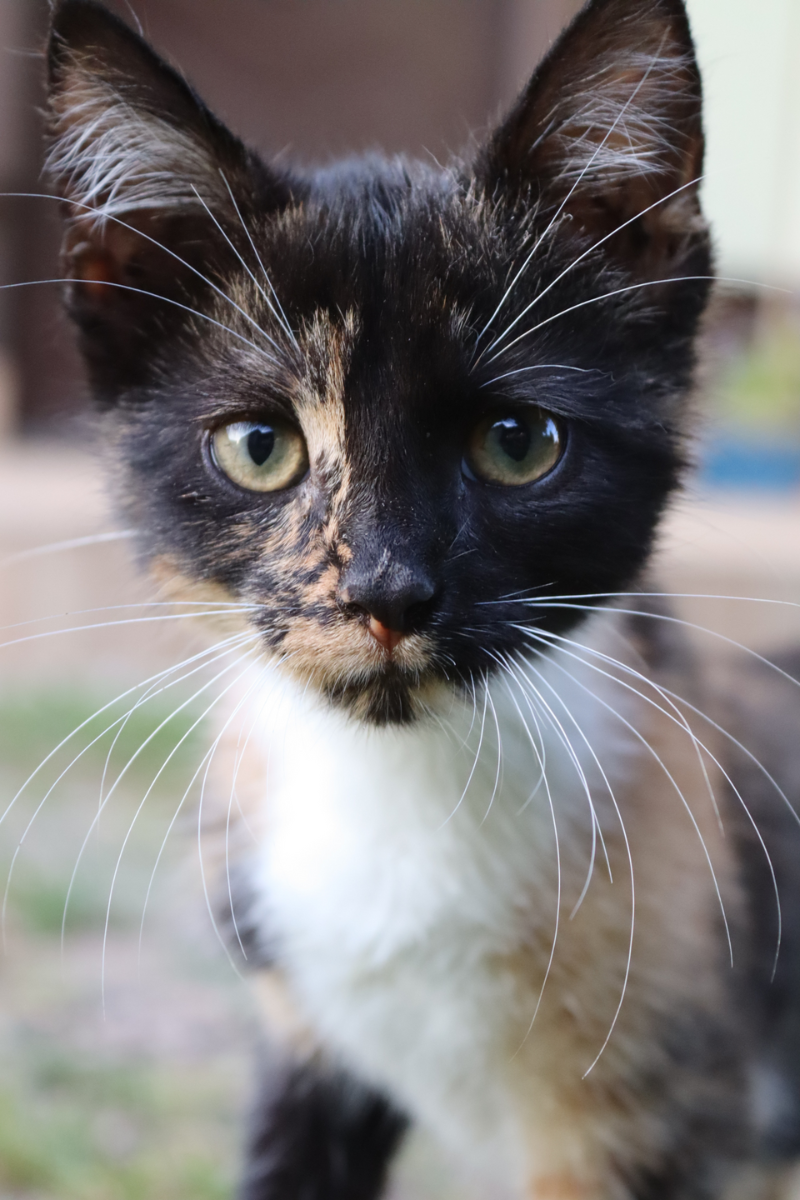
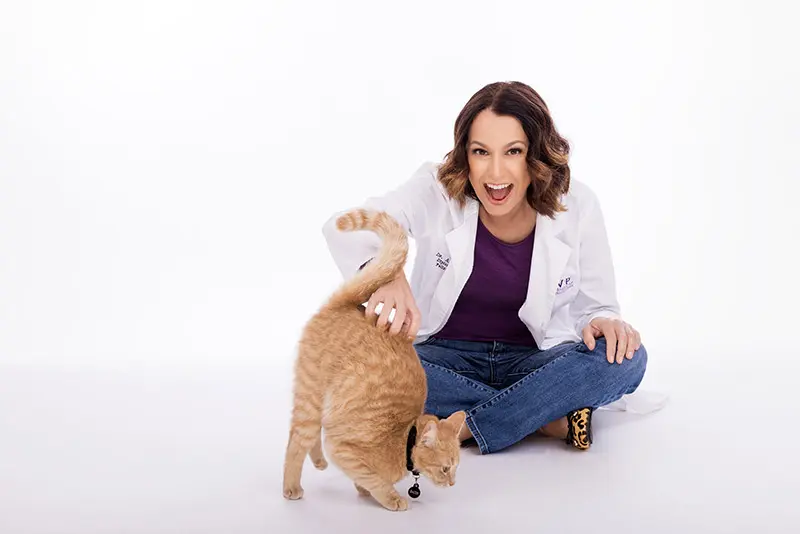










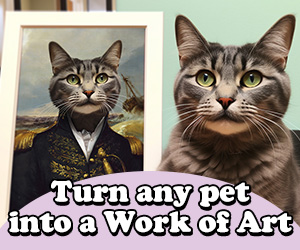
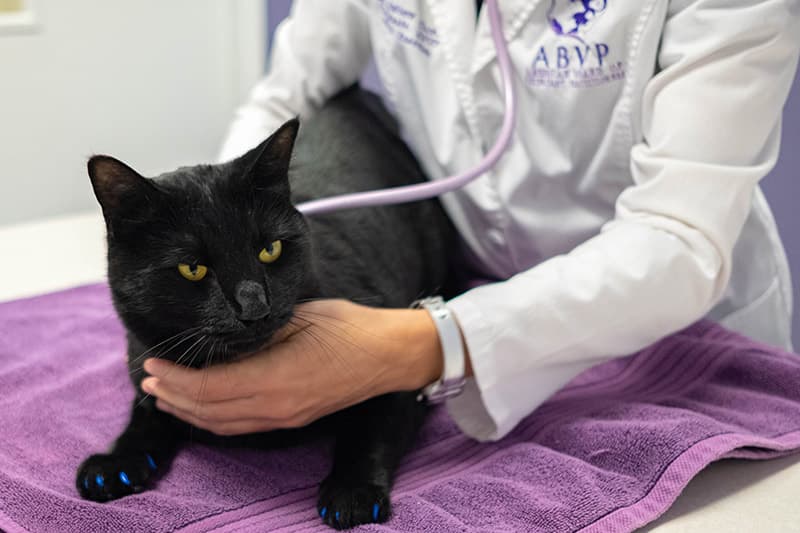
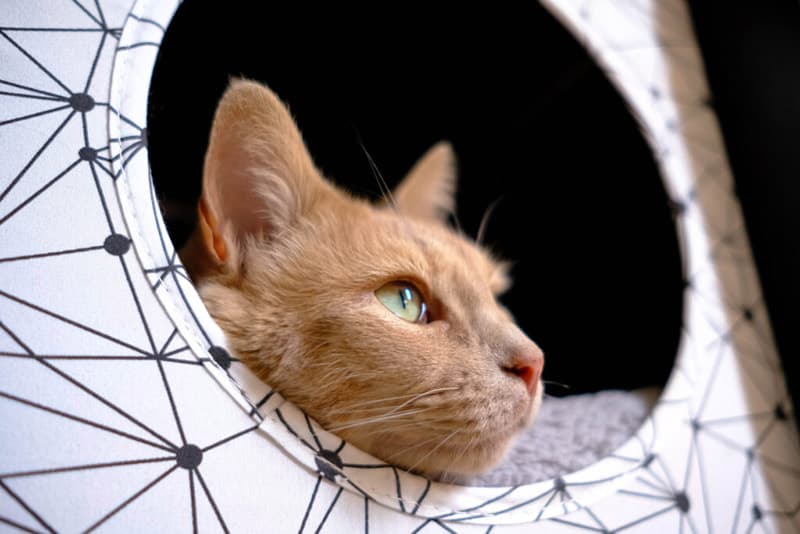

8 Responses
Love this article! Great explanations!
An easy and fun topic 😉
My Skooter was a dilute calico and such a silly fun loving gal who is missed tremendously.
Thanks for sharing that!
My first cat was a tortie! She also had stomatitis and had to have a full mouth extraction…that you performed 😉
Yes, I remember!
My mom had a tortie named “Pyewacket” from “Bell, Book and Candle”. She adopted her as and adult cat and that was the name she came with. My mom called her “Pyewacky”. She was a beautiful cat with a major attitude. Her face had a line straight down the center with black on one side and orange and red on the other side. I changed her name to “Sybil” because her personality was split right down the center. Sometimes you’d get the sweet girl. Other times you’d get the claws.
Yes! Lots of personalities!